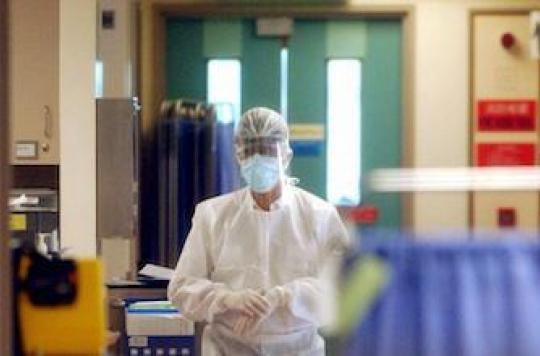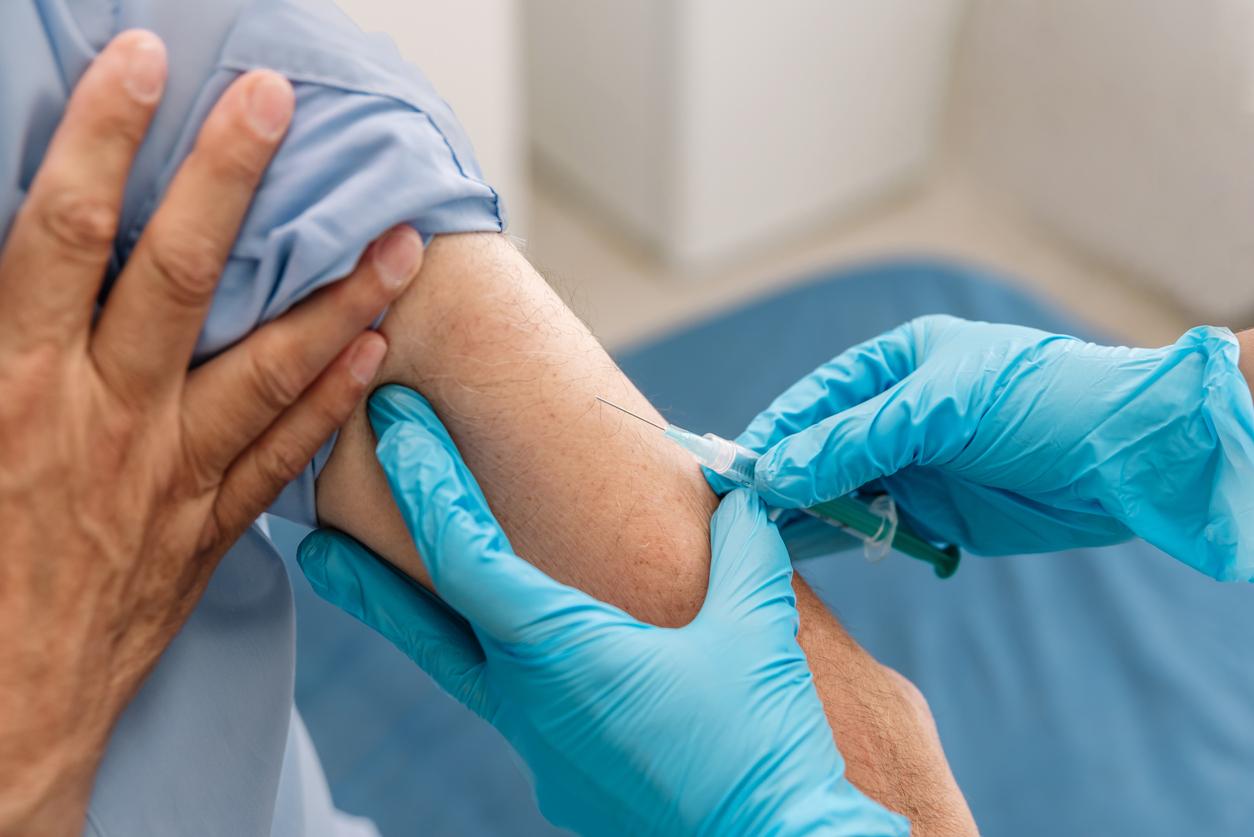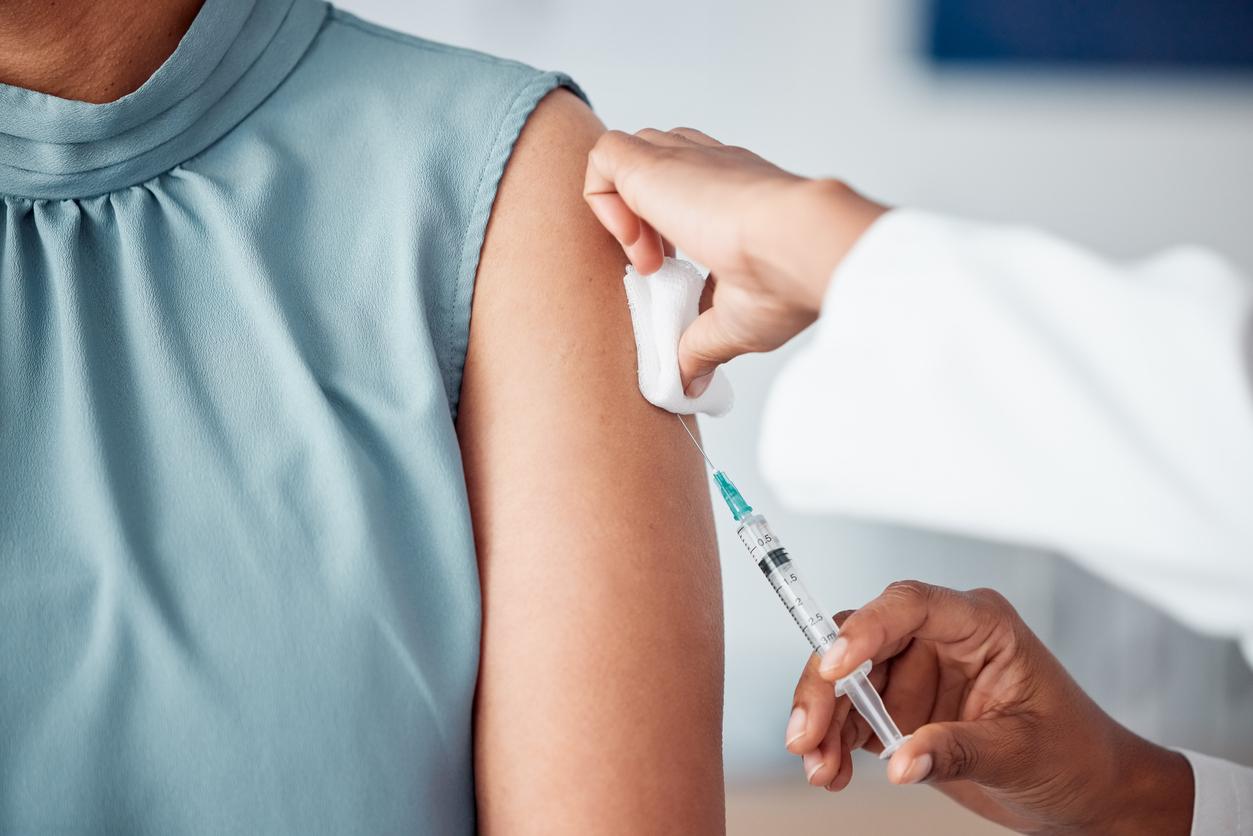November 12 is World Pneumonia Day, a lung infection responsible for a real massacre each year, when most cases are largely preventable. 10 questions about this disease.

It is the WHO (World Health Organization) which declared this day of November 12 “World Pneumonia Day”. Its main goal is, in fact, to make people aware of a real public health problem. In fact, pneumonia kills more than AIDS, malaria and measles combined each year: 1.8 million children under 5 die of pneumonia every year, or one every 20 seconds! However, these are completely preventable child deaths if the first signs were taken into account in time and the treatments administered quickly.
What is pneumonia?
Pneumonia is an infection of the lower respiratory tract, in the lungs, at the level of the structures which allow the exchange of oxygen: the pulmonary alveoli.
Several kinds of germs can be responsible: bacteria, viruses or more rarely parasites and fungi. Most often, pneumonia is caused by a bacteria called pneumococcus. A distinction is made between community-acquired pneumonia acquired in an urban or rural environment, and nosocomial pneumonia acquired in a hospital, a place where the bacteria are more often resistant to antibiotics.
What are the causes of pneumonia?
The most common cause of community-acquired pneumonia is pneumococcal infection or ” Streptococcus pneumoniae “. This bacterium is responsible for a serious form of the disease, in particular in the elderly, in the event of chronic disease (asthma, chronic obstructive pulmonary disease or COPD, etc.) and in people who smoke.
Other germs cause pneumonia: mycoplasma, chlamydia, Haemophilus inflenzae and legionella. Some viruses can be involved: influenza virus and respiratory syncytial virus. A viral infection such as the flu can be the cause of superinfection with a bacteria with serious consequences.
How is pneumonia transmitted?
Community-acquired bacterial pneumonia is not very contagious by direct contact, unlike viral pneumonia. Germs can eventually spread from person to person through coughing and sneezing and through objects contaminated by coughs or through the hands.
Who are the people at risk?
- Smoking is the main risk factor for pneumonia.
- Certain age groups are more at risk of developing pneumonia: children and the elderly.
- Patients with chronic respiratory disease (asthma, COPD), influenza, diabetes, heart failure, cancer, HIV infection or those receiving treatment with corticosteroids or immunosuppressants in the context of transplant or chronic autoimmune disease.
- Hospitalized people are exposed to the risk of contamination by germs present in the wards and can develop nosocomial pneumonia.
When to think about pneumonia?
Most often, pneumonia begins acutely:
- Sudden onset of high fever with chills,
- sweats,
- Cough, dry at first, then oily with yellowish sputum streaked with blood,
- Pain in the chest when coughing and breathing,
- Sometimes shortness of breath and digestive problems.
It is therefore advisable to consult the attending physician quickly.
How to make the diagnosis of pneumonia?
The questioning helps direct the doctor to pneumonia: sudden onset with fever and productive cough. Examination of the thorax (dull sound localized on percussion) and auscultation of the lungs reveal abnormal noises during gentle breathing: “crackling rales”.
The chest x-ray shows the existence of an infectious focus and a blood test confirms the presence of an infection (inflammatory syndrome and increase in neutrophil-type white blood cells). In case of doubt, a scanner can be performed.
In the case of nosocomial pneumonia or pneumonia occurring in an immunocompromised, the identification of the germ, and the characterization of its sensitivity to different antibiotics (“antibiogram”), are fundamental. The sputum examination is a very poor examination to identify the bacteria because of the contamination of the sputum by germs in the mouth. It is therefore necessary to resort to samples in the blood (“blood cultures”), in the urine (search for soluble urinary antigens of legionella or streptococcus pneumoniae) in the event of suspicion of legionellosis, to punctures of fluid in the pleura s’ there are and especially to samples protected by bronchial fibroscopy inside the bronchi.
Is it necessary to consult urgently?
Pneumonia is a disease that should be treated by a doctor right away because it can lead to complications.
Certain signs of seriousness can lead to emergency hospitalization: a high fever (over 40 ° C) or on the contrary low (below 35 ° C), an acceleration of the pulse to more than 125 beats per minute, difficulty in breathing with acceleration to more than 30 breaths per minute, with coloring of the skin blue (“cyanosis”), shortness of breath (“dyspnea”), drop in blood pressure, with small urination and drop in consciousness, especially if it occurs in an elderly patient with associated diseases of the kidneys, liver, heart.
What are the risk factors for complications from pneumonia?
Pneumonia is a potentially serious disease and is the leading cause of infectious death in developed countries. The mortality associated with pneumonia varies according to the causative organism and the site: age over 65 years, heart failure, stroke, renal failure or liver disease, immunosuppression, sickle cell disease, chronic obstructive pulmonary disease (COPD).
What is the treatement ?
The forms of pneumonia, which are not of a serious nature, are treated at home. In the absence of associated disease, treatment is based on antibiotics of the penicillin family (amoxicillin) and macrolides (pristinamycin). In the event of an associated disease (“comorbidity”), an amoxicillin-clavulanic acid combination is most often required. It is a probabilistic treatment, that is to say that the germ in question is not sought and that the treatment is adapted according to the clinical response of the patient.
The severe forms of the disease require hospitalization from the outset during which the responsible germ is searched for and cultivated in order to determine its sensitivity to different antibiotics (“antibiogram”): the objective is to prescribe an appropriate antibiotic therapy, and no longer probabilistic. The most severe forms are treated in intensive care units.
How can we prevent pneumonia?
- Some general measures are effective: stopping smoking, good oral hygiene, management of possible respiratory diseases.
- The annual influenza vaccination and the pneumococcal vaccine every five years are recommended after 65 years of age and in all people at risk (asthma, COPD, flu, diabetes, heart failure, cancer, HIV infection, treatment with corticosteroids or immunosuppressants in the context of a transplant or a chronic autoimmune disease): a reduction in the frequency of pneumonia and in mortality from respiratory infection has been demonstrated with this vaccine strategy and in this particular population.



.
















